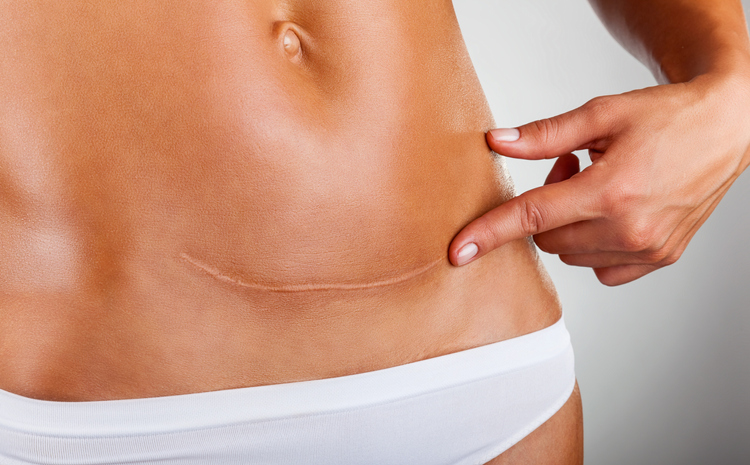A Scar is defined as an ‘area of fibrous tissue that replaces the normal skin after injury’; where we usually think of them from surgical procedures, accidents or the baddie from the Lion King.
They can be rooted emotionally in relation to trauma or surgery or persistent pain for many years (orthopaedic surgeries, cancer/tumour removal, facial injuries etc); or it could just be that affected area of the body that gets ignored and you change habits over time (a lesion on the sole of the foot, childhood injury etc) ; or they can be associated with positive times – tattoos and piercings can also be included in this conversation (ie, an area of skin that is not “normal”) . There could be scars within the body that are below the surface on the body (eg an old muscle or tendon that healed with additional adhesions or fibrous tissue) or the normal superficial scars we would think of.
Regardless of the reason for the scar, they will always refer to the past (for better or worse) and either way, they are now part of us and with us for the rest of our lives. We can also havescars that are quite happy on the body and cause no complications apart from an aesthetic change; the purpose of this blog is to discuss the effects of scars that can cause complications.
Physiotherapy is almost always advised after orthopaedic surgery (hip replacement, ACL reconstruction, shoulder decompression) to rehabilitate the affected and surrounding joints, to strengthen muscles that have weakened over time etc etc. The Physio may also use certain manual therapy techniques to alleviate tension on the scar, to break down adhesions that are causing pain or preventing better movement. This is done well within the first few months to a year post surgery/injury during rehabilitation – but what happens over time? What happens to that scar and the surrounding areas years afterwards?
Scar tissue is unfortunately not the same as normal tissue; after an injury or surgery, the fibrous tissue that builds up is typically tighter and if the scar has affected deep into the muscle, it can also affect strength. This can lead to pain, dysfunction and other complex complications.
Example 1
Postnatal rehab -Caesarean / C-sectionscars – can impact on pain anywhere in the body (due to the size, direction and depth of the incision), most commonly the lower back/sciatic nerve is affected but headaches and the neck can also be affected. The scar represents a surgery that went through a lot of tissue and muscles (predominantly the abdominals, among others) – the body has to heal, change and compensate physically to the demands of the scar and the subsequent weak muscles; as well as the impact of having a child to look after (more bending and lifting, less sleep etc).
Furthermore, there can be emotional effects of a scar after a pregnancy: anecdotally, we hear of sensation changes across the midrift (“I can’t even look at the scar, never mind touch it”, “feels like nothing is there”) which can leave women feeling a little helpless. There can also be issues concerning aesthetic changes, but this blog won’t discuss that any further. So we have a body or system with more demands placed upon it but with a tight and fibrous scar and associated muscle weakness; it can feel like the body is playing tug of war with itself! Physiotherapy and rehabilitation can help these problems, but the scar cannot be ignored! The impact it has on pain, movement and the ‘self’ can be huge.
Example 2
ACL reconstruction from 15 years ago – the old fashioned orthopaedic scar from an ACL surgery can involve a large thick slug like band down towards the kneecap. Minimal pain is reported from these procedures, but the scar and associated weaknesses can cause complications; changes in distribution of weight through the feet, walking style, or increased/decreased hip/foot pressure can be routed from that pesky scar! During the surgery, the incision has gone inside the joint and through a lot of structures many years ago.
Let’s compare the brain’s history and opinion of that knee versus the opposite, normal one with no surgical history – which knee would complain the loudest? The one with the trauma, fibrous tissue and compensation patterns would typically be the most affected. Again, there could be an emotional component to the scar; eg, a constant physical reminder of pain/trauma or a sign of impairment/weakness which reaffirms the tight and weak state of the affected area.
Physiotherapy can help identify where and what the scar is affecting and help try and restore as much normality as possible. At the moment we do not have the technology to restore trauma/injury/surgery type scars back to factory settings but there are various tools and techniques that can be applied to get increases in functional movement and hopefully alleviate pain. Changing our beliefs and perceptions of scars can open the door to more positive changes for the benefit of our physical and mental health.
Author: Martin Campbell

